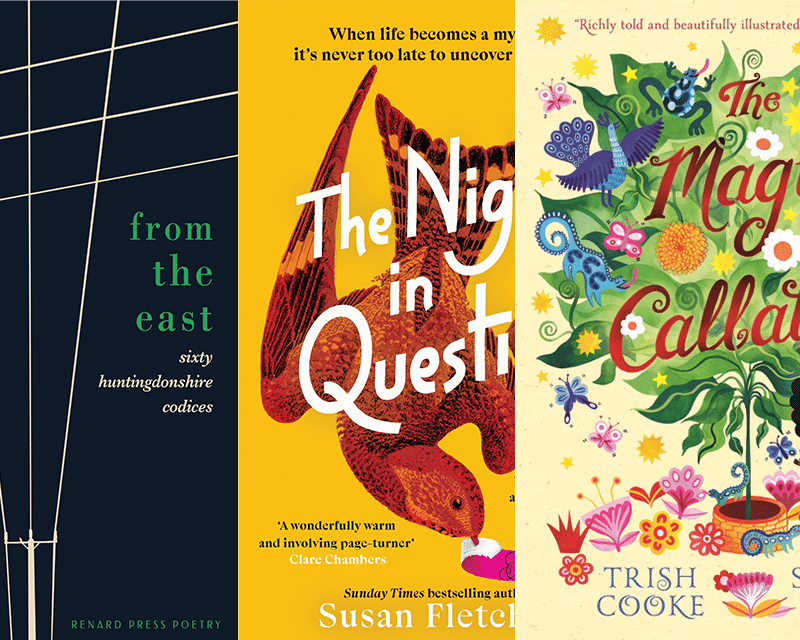- Collected
- Article
Where Did The Good Graffiti Go?
In praise of free writing

- 25 April, 2016
- Chris Simms
Where has the good graffiti gone? I don’t mean spray-painted signatures blazed across bus shelters or elaborate street art filling entire walls. I mean the small stuff: those pithy comments and twisted quips once glimpsed in the nooks and crannies of public places.
You used to be able to spot these little smile-provokers all over the place. Public toilets have always been a great place for finding them. Conditions in them are, after all, so convenient for their creation. You’ve got time on your hands, you’re hidden from prying eyes and, best of all, you have the guarantee of a captive audience once you’ve departed. Remember that favourite from school? ‘Please flush twice — it’s a long way to the canteen.’ I particularly like this mournful little poem, spotted decades ago in the cold, damp surroundings of the public toilets on Minehead’s seafront: ‘Here I sit, alone and dishearted, paid 2p and only farted.’
Graffiti falls into many different categories: philosophical, confessional, political and just plain amusing. Is this an example of all four from the waiting room at Cambridge train station? ‘The best way to a man’s heart is to saw through his breastbone.’ Toilets at establishments of further education must be the source of the most cerebral graffiti. Here’s one a friend found at his place of learning: ‘To do is to be, Descartes. To be is to do, Voltaire. Do be do be do, Sinatra.’ Or how about this ingenious take on the Andrex slogan? A packet of Rizlas, stuck to the cubicle wall alongside the words, ‘Soft, strong, but not very long’. Or below a Nightline counselling sticker announcing (in an extremely small cubicle) that ‘We’re here’, the following words had been added: ‘So am I! Where are you?’
This was above the toilet-roll dispenser of my departmental toilets at university: ‘Sociology degrees: please take one.’ Now I know why I ended up an author.
But because graffiti tends to take you by surprise – sharp comments in everyday settings – the simplest plays on words are often the most effective. ‘Take me to your dealer’ — on a bandstand in a Leeds park. Or this, in Horsham’s town centre: ‘Ken Dodd’s dad’s dog’s dead.’ And how about this plaintive request, which I saw in a dimly-lit fire-escape doorway in Manchester? ‘Urinal only please.’
A good place for philosophical graffiti is motorways. I’m not talking, ‘If only my missus was this dirty,’ written in the grime on the back of transit vans. I mean on those desolate pedestrian bridges that span the lanes in the middle of nowhere. Glimpsed on a stretch of the M40 that’s particularly prone to commuter traffic jams: ‘Why do we do this every day?’ Or above the lanes of the heavily-congested, fume-filled M6: ‘Drive yourselves to death.’ I liked that one so much, I had one of my characters use it in a novel.
Another that puzzled me for a long time is the word ‘Gouranga’ I’ve spotted on motorway bridges up and down the country. According to that trusty source, the internet, it’s either a Hare Krishna word for ‘Be happy’ or the name of a distinguished civil engineer. I prefer the Krishna explanation — if only for the image of a spindly bloke in orange robes hanging upside down to spray it on in the dead of night.
Graffiti seeps into contemporary culture in all sorts of ways. Apparently, the title of Blur’s second album, ‘Modern life is rubbish’ is a piece of graffiti the band once spotted. Then there’s the lyric to Simon and Garfunkel’s song, ‘The Sounds of Silence’: ‘The words of the prophets are written on the subway walls and tenement halls.’ Perhaps they were.
Of course, graffiti goes back a very long way. Due to its unexpectedly swift preservation, Pompeii is a rich source of examples from the ancient world. Yes, a lot of it is about how many women this or that person slept with. Or men. Or boys. Or slaves. But some act as more charming reminders that the same things preoccupy people down through the centuries. This from the city’s basilica: ‘A small problem gets larger if you ignore it.’ In fact, the basilica was such a popular spot with graffiti artists that another person scratched this: ‘O walls, you have held up so much tedious graffiti that I am amazed you have not already collapsed in ruin.’
Pompeii’s bars boast some really lovely examples of the philosophical and confessional. This one, from the bar owned by Athictus, falls firmly into the latter: ‘I screwed the barmaid.’ This wistful snippet of philosophy is from the drinking hole owned by Astylus and Pardalus: ‘Lovers are like bees in that they live a honeyed life.’ This, in verse, from yet another bar: ‘Nothing can last forever; / Once the sun has shone it returns beneath the sea. / The moon, once full, eventually wanes, / The violence of the winds often turns into a light breeze.’ Especially poignant, knowing the city’s grim fate.
The most famous Latin graffiti artist, though, must be the hapless citizen from Monty Python’s Life of Brian. Having just finished daubing ‘Romanes eunt domus’ on a wall – literally, ‘People called Romanes they go to the house’ – he is caught by a passing centurion. The soldier assesses the man’s work with an outraged look — then subjects him to a lesson in grammar, before making him write out the correct sentence dozens of times. On the wall.
Returning to the modern day – or the 1970s, to be accurate – legend has it that a postal courier in America decided he was going to ride on each bus and subway train in New York. To show he’d done it, he hit on a novel form of proof: he wrote his name and identification number everywhere he went. Soon, others started copying the example of Vic 156. Tagging was born. Gangs adopted the habit as a way of marking out territory and, like a form of urban mould, signatures, names and symbols spread throughout the cities of America.
Personally, I don’t mind a signature tag if it’s at the bottom of some amazing street art. But just to sign your name? In my opinion, graffiti isn’t graffiti if it has been signed. Some argue graffiti is the purest form of art because of its total anonymity —and the fact that the person who wrote it doesn’t profit financially from its existence.
So where do aerosol muralists fit in? Manchester’s vibrant Northern Quarter has many brilliant, council-approved examples. The huge image of a blue tit on the side of a youth hostel almost brings me to a halt every time I pass it. In Belfast, street art is a barometer of the peace process itself. During more turbulent times, the dominant images were of menacing men in balaclavas. Then, more recently, peaceful pictures, including doves appeared. And now? A blend of both.
Another technique used by street artists is stencilling. The Bristol-born Banksy has stencilled provocative, often darkly humorous, images all around the world. His anti-establishment images are sometimes accompanied by slogans — but rarely a signature. He does not sell photographs or other reproductions of his work. So does that class Banksy’s work as true graffiti?
I don’t think so. The word ‘graffiti’ derives from the Italian for ‘scribblings’ but it ultimately originates from the Greek ‘graphein’ — one of the most significant meanings of which is ‘to write’. And that’s the crucial point: graffiti has to consist of words, scribbled or scratched onto a surface in public view. And really good graffiti is getting harder to find. I blame its demise on social media. Now people display neat little thoughts, jokes and messages on their ‘walls’. Or they tweet them. Or stick them on Pinterest. It’s not the same. How can it be? The message is clearly linked to whoever posted it. Whether it was written by that person or not, it belongs to them. It’s not just out there — owned by everyone and no one. Free.
You might also like:
No facts, only versions
Memoirs are as much about what is excluded as what is included. This edition examines how you can evoke the…
RLF Fellows’ News: April 2024
Publishing News RLF Fellow Trish Cooke’s new children’s book, The Magic Callaloo, is set to be published by Walker Books…
Susan Fletcher on outsiders in fiction – literal and imagined
I’ve always known that I’ve preferred to be outside. To be an outsider – literally, and, specifically, amongst wild places…


